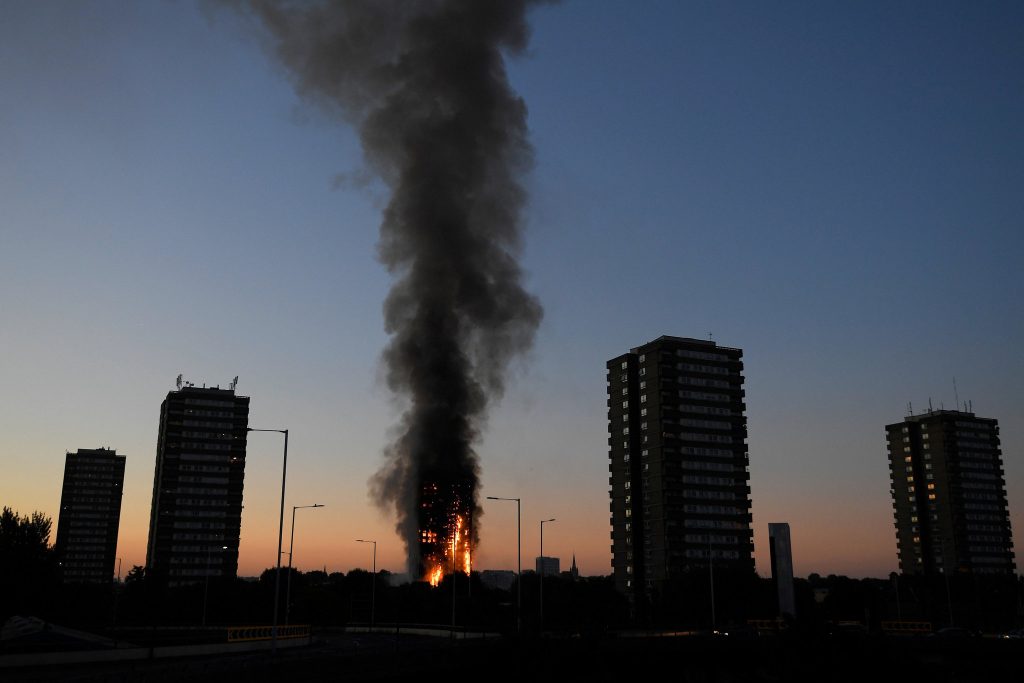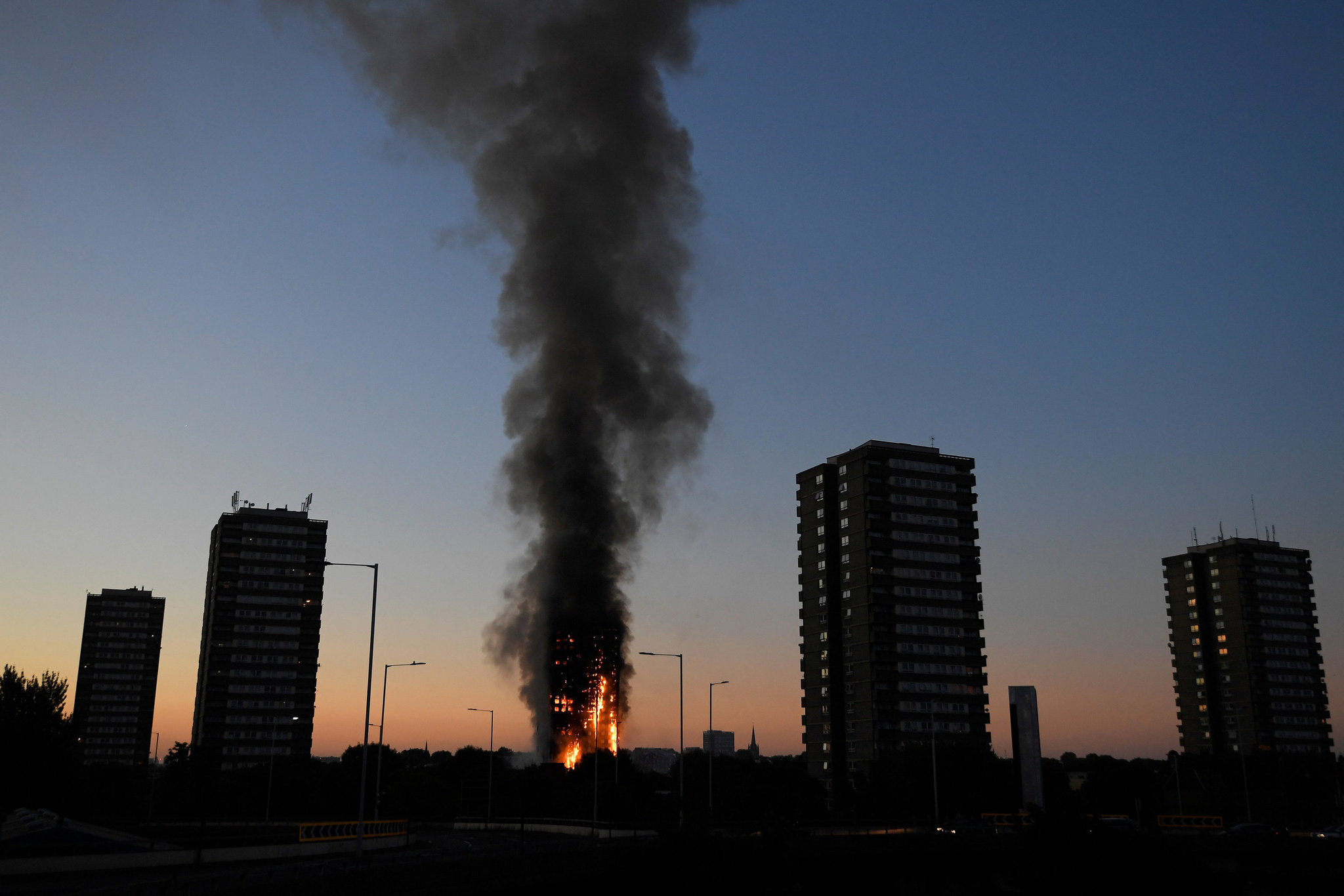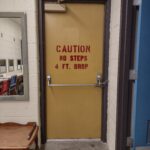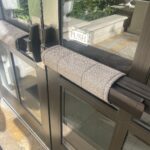 I’ve spent several years researching and discussing the code requirements that affect classroom barricade devices and other security products used in schools. One-by-one, the issues have been considered…should egress requirements be relaxed? Is security more important than evacuation and fire protection? Are products used in an active-assailant situation required to meet the accessibility standards?
I’ve spent several years researching and discussing the code requirements that affect classroom barricade devices and other security products used in schools. One-by-one, the issues have been considered…should egress requirements be relaxed? Is security more important than evacuation and fire protection? Are products used in an active-assailant situation required to meet the accessibility standards?
Most recently, the debate has been whether it should require only one releasing operation to unlatch a door, or whether two releasing operations would provide an acceptable level of life safety. After numerous stakeholders weighed in, NFPA members voted to continue to require one releasing operation, a requirement of NFPA 101 since the 1988 edition.
As I mentioned shortly after that vote, appeals have now been filed to allow two releasing operations instead of upholding the current requirement for one operation. Those appeals are not yet available on NFPA’s website, but when they are posted there, I will share a link. One of the claims made in the appeals is that if schools can not afford code-compliant door hardware, and are not allowed to use retrofit security products that would result in more than one operation to unlatch the door, then schools will forego the expense of securing the doors and students and teachers will be left unprotected.
To me, this sounds a lot like a conflict of cost vs. safety, and in my experience it is not typical for codes and laws to prioritize lower cost over life safety. While it’s not uncommon for building owners to take matters into their own hands and install an extra deadbolt, surface bolt, or even a padlock and hasp, the model codes do not allow these methods to be used in most locations. Although panic hardware is more expensive than other security devices, the model codes do not compromise when it comes to egress for applications where panic hardware is required.
I could not imagine that codes would prioritize lower cost over life safety, but the recent fire at Grenfell Tower in London has brought to light a situation that may be a clear-cut case of exactly that. The New York Times article entitled Why Grenfell Tower Burned: Regulators Put Cost Before Safety should be required reading for anyone considering cost vs. safety. Thousands of people have now been evacuated from high-rise buildings in London, where flammable cladding was installed. While the UK codes did not prohibit the use of this product, in retrospect it has created a situation that is unsafe for the residents of these buildings.
From the NY Times article…
“Promising to cut ‘red tape,’ business-friendly politicians evidently judged that cost concerns outweighed the risks of allowing flammable materials to be used in facades. Builders in Britain were allowed to wrap residential apartment towers — perhaps several hundred of them — from top to bottom in highly flammable materials, a practice forbidden in the United States and many European countries. And companies did not hesitate to supply the British market.”
“For years, members of Parliament had written letters requesting new restrictions on cladding, especially as the same flammable facades were blamed for fires in Britain, France, the United Arab Emirates, Australia and elsewhere. Yet British authorities resisted new rules. A top building regulator explained to a coroner in 2013 that requiring only noncombustible exteriors in residential towers ‘limits your choice of materials quite significantly.’ “
“Many other fire safety experts would repeat those concerns in the following years. But manufacturers argued against new tests or rules. Using fire-resistant materials was more expensive, a cost that industry advocates opposed. ‘Any changes to the facade to satisfy a single requirement such as fire performance will impinge on all other aspects of the wall’s performance as well as its cost,’ Stephen Ledbetter, the director of the Center for Window and Cladding Technology, an industry group, wrote in testimony to Parliament.”
Sound familiar??
Photo: Toby Melville/Reuters
You need to login or register to bookmark/favorite this content.







Doing things right is rarely less expensive on the front end. Whether it’s classroom security, building cladding or the environment, we need to get past the acquisition cost conversation and on to the total cost and consequences conversation…….
Both your post and the excellent New York Times article are great reminders of the importance of trade-off decisions we engage in every day. What amazes me is that the Owners spent millions of dollars on new cladding (making the building look nicer), but with the building having only one stair, they made no upgrades to installing a sprinkler system, a fire-alarm system, or even specifying the fire-resistant version of cladding. The skimping on life-safety measures is going to cost the Owners a LOT more in litigation and damages. And shame on the building ‘regulators’ who didn’t listen to fire-safety experts warn against just this sort of situation with this type of cladding, but were pressured by industry to keep the status quo. It seemed like a lot of people ‘looked the other way’ despite the evidence of previous similar incidents. Codes change because of disasters like this. Too bad it takes a disaster to do so.
That Grenfell Tower article. Wow… just wow. How can people just ignore safety experts like that?